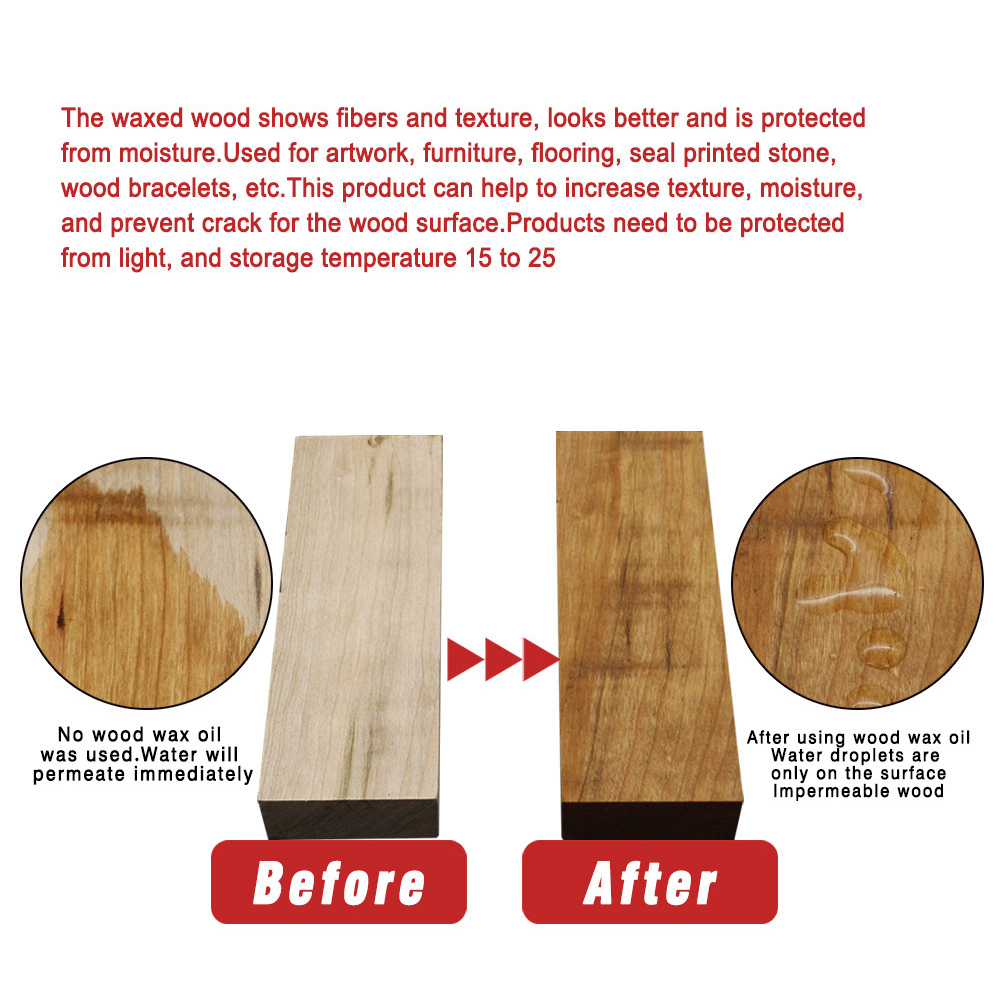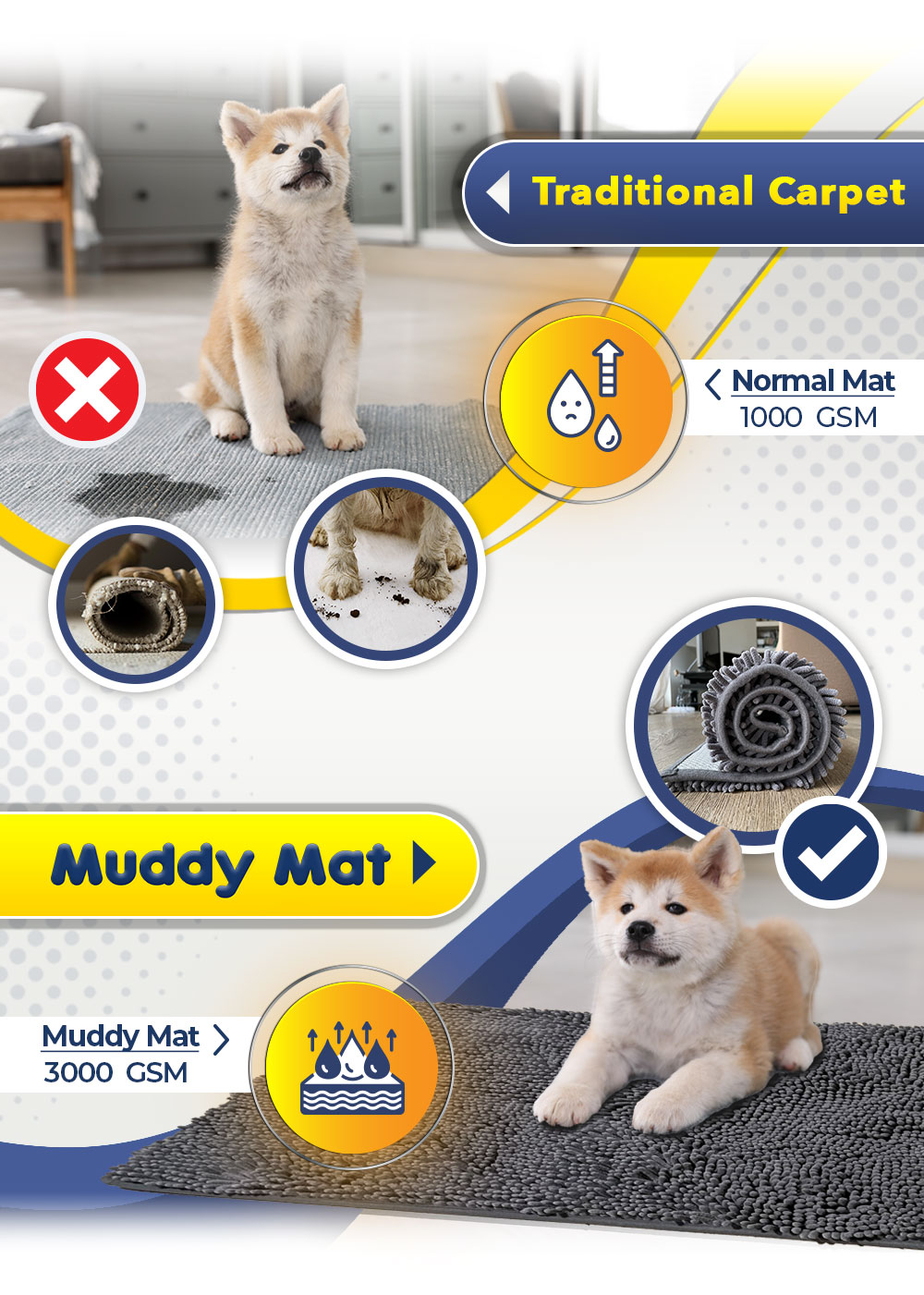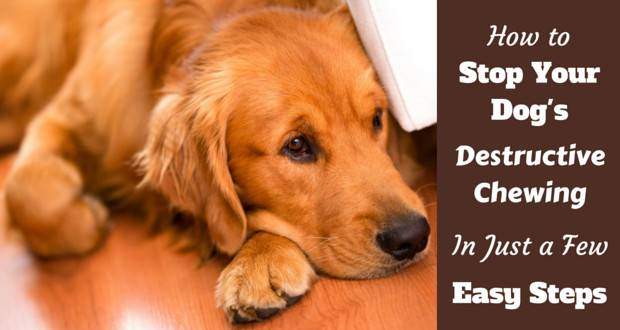How to Effectively Remove Pet Urine from Hardwood Floors
Guide or Summary:Pet Urine RemovalImmediate Action Is KeyBlot Until DryCreate a Homemade Cleaning SolutionLet It SitBlot AgainRepeat If NecessaryPreventativ……
Guide or Summary:
- Pet Urine Removal
- Immediate Action Is Key
- Blot Until Dry
- Create a Homemade Cleaning Solution
- Let It Sit
- Blot Again
- Repeat If Necessary
- Preventative Measures
Pet Urine Removal
Pet owners face the challenging task of cleaning up after their furry friends, especially when it comes to pet urine on hardwood floors. Not only does it leave an unpleasant odor, but it can also damage the wood if left untreated. Fortunately, with the right approach, you can tackle this issue head-on and restore your floors to their former glory. In this guide, we'll explore effective methods for removing pet urine from hardwood floors, ensuring your home remains clean and your floors protected.
Immediate Action Is Key
The first step in removing pet urine from hardwood floors is to act quickly. The longer the urine sits, the more it will penetrate the wood, making it harder to clean. As soon as you notice the stain or smell, blot up as much of the urine as possible with a clean cloth or paper towel. Avoid rubbing, as this can spread the stain and deepen the odor.

Blot Until Dry
Once you've absorbed as much of the urine as possible, it's time to move on to the cleaning process. Start by blotting the affected area with a dry cloth or paper towel. This will help to remove any remaining moisture and prevent the urine from spreading further into the wood.
Create a Homemade Cleaning Solution
For effective pet urine removal, you'll need a cleaning solution that can penetrate the wood and lift the odor. A simple and effective solution is a mixture of white vinegar and water. Mix equal parts of white vinegar and water in a spray bottle. Spray the solution generously over the stained area, making sure to saturate the wood thoroughly.
Let It Sit
After applying the vinegar solution, let it sit for a few minutes. This will give the vinegar time to penetrate the wood and break down the odor. It's important not to scrub the area during this time, as this can damage the wood.

Blot Again
Once the vinegar solution has had time to sit, blot the area again with a clean cloth or paper towel. This will help to lift any remaining moisture and remove any remaining odor.
Repeat If Necessary
If the stain or odor persists, you may need to repeat the process. Don't be discouraged if the first attempt doesn't yield immediate results. With patience and persistence, you can effectively remove pet urine from hardwood floors.
Preventative Measures
To prevent future pet accidents, consider taking a few preventative measures. Use pet urine removers designed for hardwood floors, which can help to lift the odor and prevent it from penetrating the wood. Additionally, consider using pet pads or training your pet to use a designated area for bathroom breaks.

In conclusion, removing pet urine from hardwood floors can be a daunting task, but with the right approach, it's entirely manageable. By acting quickly, using a homemade cleaning solution, and taking preventative measures, you can keep your hardwood floors clean and your home pet-friendly. Remember, a little effort goes a long way in maintaining the beauty and integrity of your floors.